Discovering Tuscany is like visiting an immense open-air museum. Every curve is a new story, every village a page of history, every landscape a painting that leaves you speechless.
Away from the places of mass tourism, it becomes easier to connect with the authentic atmosphere of the region. From the green hills to the beaches of the Tyrrhenian coast, and up to the mountains in the north of the region, you will discover a cultural and natural wealth unique in the world.
And traveling in Tuscany on the road, you’ll fully savor the taste of adventure and spontaneity, exploring hidden gems with the freedom to stop wherever you want whenever you desire, experiencing an unforgettable journey in the heart of a land that will welcome you with the warmth of its history, the beauty of its landscapes and the authenticity of its traditions.

A journey into the heart of the region: discover Tuscany on the road
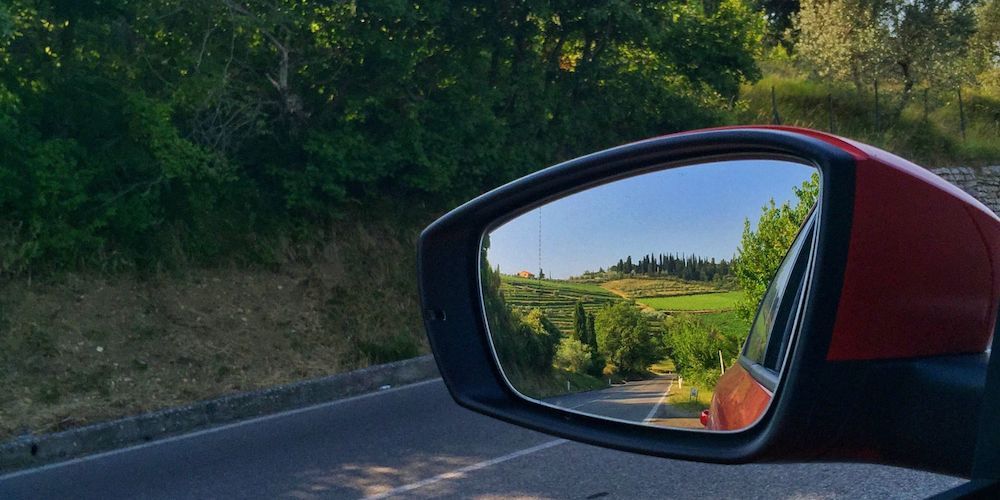
Tuscany is one of the most appreciated regions in Italy by visitors from around the world. The cultural attractions of its cities and the enchanting natural landscapes engage tens of millions of tourists every year.
Yet, the most incredible aspect of this region lies in its spontaneity, the timeless charm of its small villages, and the fairytale beauty of the scenery that often eludes those who confine themselves to only the most famous and acclaimed sites.
Exploring Tuscany on the road, you'll find true hidden treasures by traveling through the region at your own pace, stopping wherever you wish, and adapting the itinerary according to your interests and curiosities, living a truly personal experience.
That’s why this route, although it starts and ends in Florence for greater convenience related to transportation and car rental, winds through less known areas, among towns and villages that retain an untouched and wild aura, rich in wonderful attractions waiting to be discovered.
From Arezzo to the Val di Chiana, from the Tyrrhenian coast to Volterra, reaching San Miniato, the Apuan Alps, and Castelnuovo di Garfagnana, and finally heading back towards Florence after a last stop in the picturesque town of Vinci. Discover the most enchanting and hidden places that will reveal the true and unforgettable soul of Tuscany.
Listen to 7 days in Tuscany" with the voice of Monna Lisa & Leonardo
1st stage: the real journey in Tuscany on the road begins in Arezzo
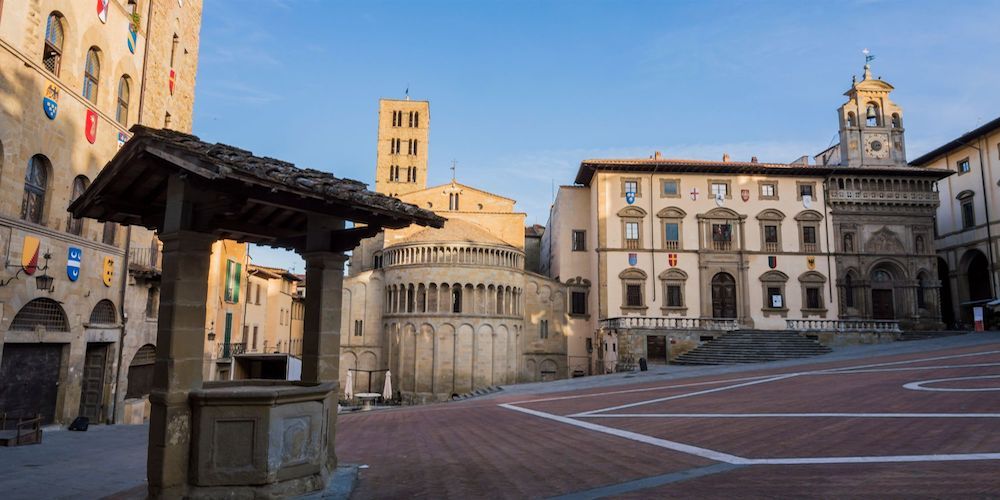
Florence, as a key destination especially for international travelers, serves as the starting point for our Tuscany road trip. However, the true journey to the most fascinating and unconventional places in the region begins in the splendid and elegant Arezzo, which can be reached in about an hour by following the A1 highway south.
Located in Val di Chiana, Arezzo represents a perfect combination of art and culture, in a context that is less crowded and more authentic than other more celebrated destinations in the region. The city hosts extraordinary artistic treasures such as the frescoes by Piero della Francesca in the Basilica of San Francesco, the fabulous Crucifix by Cimabue in the Church of San Domenico, and the Casa Vasari Museum.
The entire historic center retains a picturesque and unique medieval atmosphere. Starting from Piazza Grande, with its loggias designed by Vasari himself, it's one of the most charming spaces in the city.
If you visit Piazza Grande on the penultimate Saturday of June or the first Sunday of September, you will discover the Giostra del Saracino, a type of equestrian tournament held twice a year that represents an authentic medieval historical reenactment. Meanwhile, the first weekend of each month hosts the Fiera Antiquaria, the oldest and largest antiques fair in all of Italy.
Speaking of events, Arezzo is home to the Arezzo Intour Foundation, dedicated to tourism and cultural promotion, as well as organizing itineraries and activities to discover the beauties of the city and its surroundings.
The entire Aretine territory is indeed a hidden treasure: the Foundation's goal is to highlight the rich historical, artistic and natural heritage of Arezzo, allowing visitors to appreciate its authenticity while paying particular attention to preserving sustainability in tourism.
Only by traveling at a leisurely pace and enjoying a more intimate and relaxing experience can you fully appreciate the history, traditions, cultural sites, and natural landscapes that surround the city. This is why, if you have the opportunity, don't limit yourself to a quick excursion in the historic center, but dedicate at least a couple of days to visiting these very special places.
Discover the wonders of Arezzo and its territory2nd stage: Val di Chiana
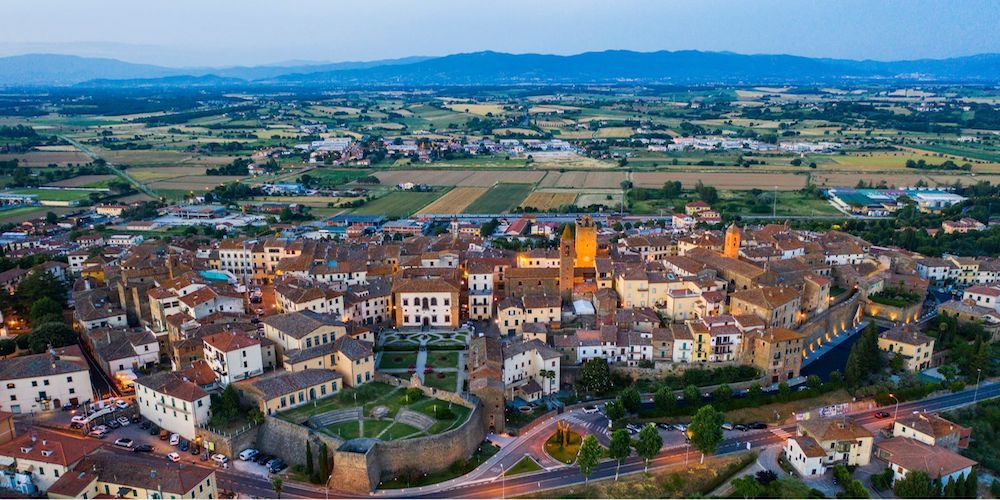
The second stop of our itinerary takes us through the Val di Chiana. After leaving Arezzo, take the Strada Provinciale 21 towards Civitella in Val di Chiana, a small village about 20 kilometers away.
Civitella, an ancient Lombard stronghold, retains much of its medieval structure, including the remains of the 11th-century castle and the Church of Santa Maria Assunta, rebuilt after being set on fire in 1944 during the massacre perpetrated by the Nazis against over 100 defenseless citizens.
After paying due tribute to this tragic episode, head to the panoramic terrace on Via Martiri di Civitella and connect with the beauty of the region by admiring the surrounding landscape.
Once you leave Civitella, return along the Strada Provinciale 21 to the junction with SP22, and turn right following the signs for Monte San Savino, about 9 kilometers away. In its perfectly preserved historic center, this village offers a unique Tuscan experience.
You can admire the Loggia dei Mercanti, an elegant Renaissance structure with arches and columns in the heart of the splendid historic center, or visit the Palazzo di Monte, an architectural gem with spectacular views over the Val di Chiana. Monte San Savino is also known for its ceramic craftsmanship tradition: visiting local workshops offers the opportunity to observe this fascinating ancient art up close.
The last stop of the day is Trequanda, 25 kilometers further south. Spend the evening strolling through the streets of the small center, and discover the excellent local cuisine. From pici all’aglione to Florentine steak and olive oil: every dish or product tells the culinary story of the region, allowing you to fully connect with the authentic soul of Tuscany.
3rd stage: on the Tyrrhenian coast in Castiglione della Pescaia
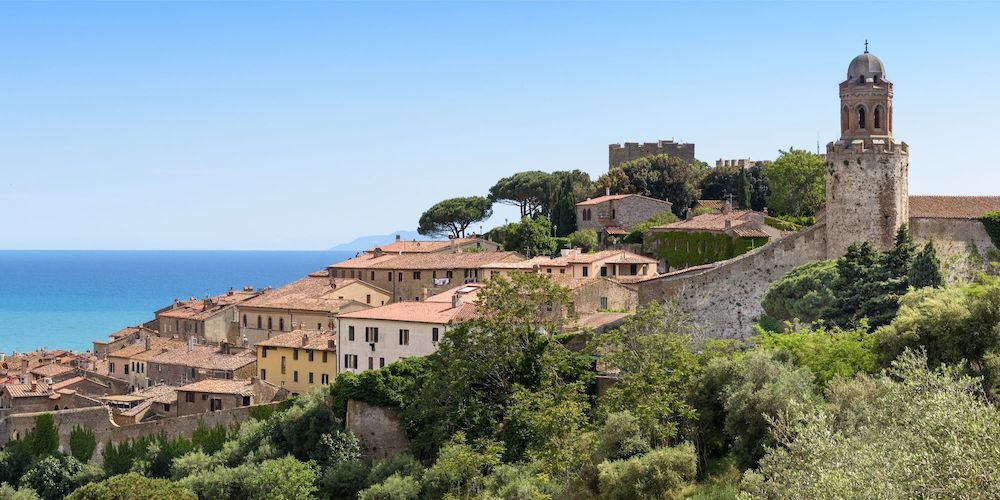
Leave Trequanda and the Val di Chiana behind and head towards the Tyrrhenian coast, which is less than a two-hour drive from here.
Instead of taking the most direct route, consider a detour near the village of Montisi to reach the Val d’Orcia. Travel along the road between Pienza and San Quirico d’Orcia, rejoining the main route just before Montalcino.
This way, you can admire some of the most beautiful landscapes in the region, with spectacular views of the Tuscan hills, cypress trees, white roads, charming villages, and a wonderful bucolic atmosphere of peace and serenity.
The itinerary continues, bringing you almost to Grosseto. Before reaching the city, leave the SS223 and follow the signs for Castiglione della Pescaia, a charming coastal village in the heart of the Maremma with crystal-clear waters, sandy beaches, and a picturesque historic citadel perched on the hill.
The panoramic view from the terrace of the Castle (built between the 10th century and the Renaissance, but now private and not open to visitors) is truly breathtaking, spanning from the sea to the islands of the Tuscan Archipelago and the surrounding hills.
While maintaining a tranquil atmosphere, summer evenings in Castiglione are quite lively. You can start with an aperitif and a walk along the seafront, continue with a typical dinner featuring Maremma specialties, and enjoy live music in the squares, bars, or nightclubs.
Visit Val d'Orcia from Florence4th stage: towards Volterra
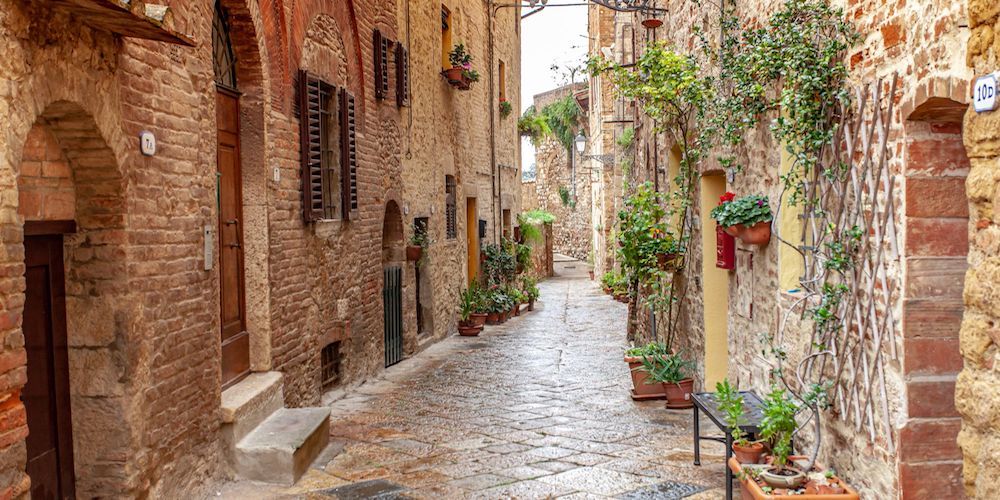
The fourth stop of our road trip in Tuscany will take you from Castiglione della Pescaia to Volterra, for a journey of about an hour and a half.
Along the way, make a stop to immerse yourself in the fascinating scenery of the Tuscan sea. Shortly after Castiglione, for example, you can explore the beautiful area of Cala Violina, walking through a green pine forest to reach the beach and venture to the small and hidden Caletta Icardi, with its crystal-clear waters accessible only by sea or by climbing the rocks from Cala Violina.
Once you arrive in Volterra, spend the rest of the day (or even the next day, if you have more time) exploring the charming historic center.
Among the must-see places are Piazza dei Priori, home to the oldest town hall in Tuscany (13th century); the Cathedral of Santa Maria Assunta (12th century), with its picturesque bell tower and the Baptistery of San Giovanni; the Roman Theater from the 1st century BC (best appreciated from the panoramic viewpoint on via Lungo le Mura del Mandorlo) and the nearby 3rd-century AD Roman Baths.
And you’ll find also the Etruscan Museum Guarnacci, the Medici Fortress and its park, historic residences, and more. There's no shortage of things to see.
You can end the day strolling among the artisan shops in the center, famous for their alabaster work. Volterra is known for this precious stone, and you can watch the craftsmen at work and purchase unique items as souvenirs.
5th stage: Lajatico and San Miniato
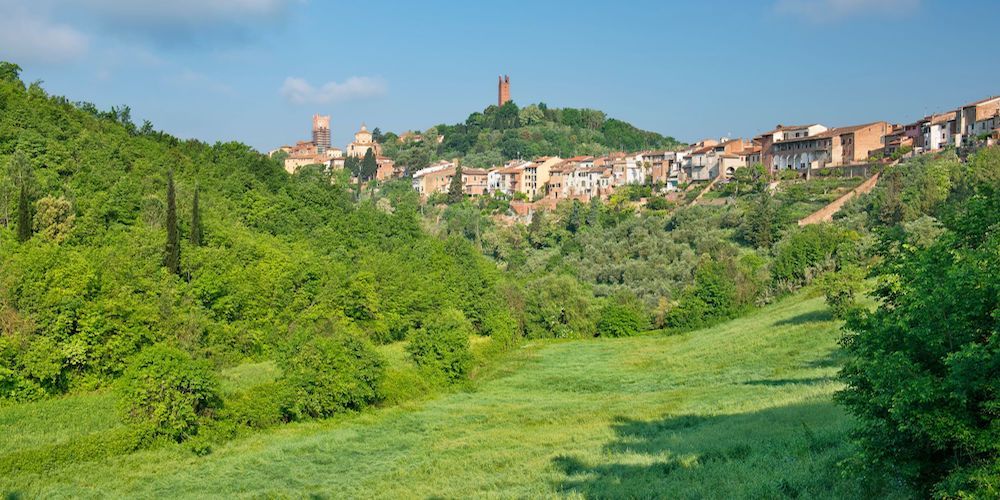
From Volterra, head north into the lush countryside of the Pisa province. The next stop is Lajatico, a small town known as the birthplace of a great Italian artist: tenor Andrea Bocelli.
In this hidden corner of Tuscany, besides the pastoral landscapes, trails and white roads offering enchanting views of the valleys, you can admire a truly unique and special place like the Teatro del Silenzio. This open-air amphitheater, designed by Bocelli himself, hosts a concert every summer with the stunning backdrop of the Tuscan hills.
After Lajatico, continue on Strada Provinciale 11 to Pontedera, then take the Firenze-Pisa-Livorno highway towards Florence. From here, in less than 20 minutes, you’ll reach the picturesque village of San Miniato.
In the shadow of the Torre di Federico II, a historic 13th-century building commissioned by the eponymous King of Swabia, you can breathe in an aura of tranquility and charm. The streets of the historic center, shaded squares and medieval buildings create a relaxing and ancient atmosphere.
Local traditions, such as the white truffle festivals, bring San Miniato to life with unique colors, flavors, and aromas. The friendliness of the locals and the beauty of the surrounding nature make the town a perfect place for those seeking a genuine experience away from the beaten path.
6th stage: Apuan Alps and Castelnuovo di Garfagnana
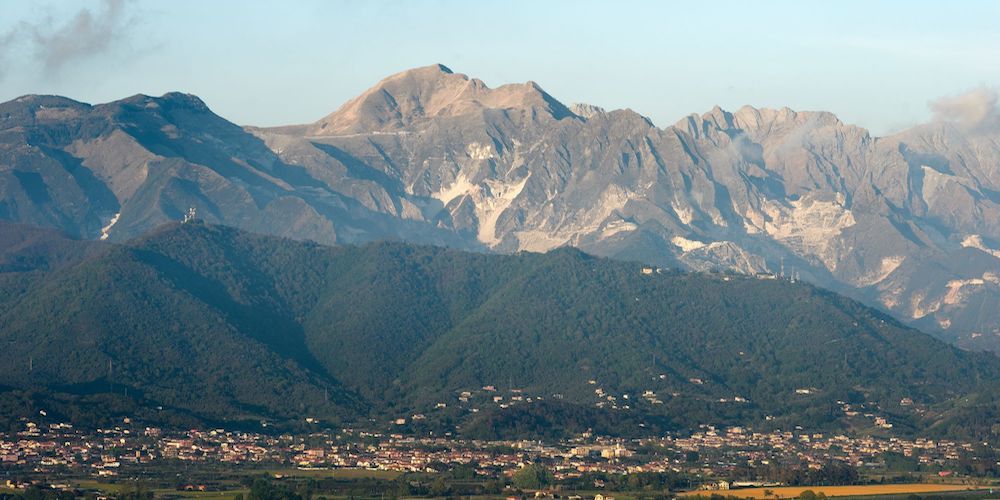
For the penultimate stop on our Tuscany road trip, leave San Miniato and drive towards Pisa. After passing around the city, take the E80 road (direction Genoa) to Versilia, where you should follow the signs to Castelnuovo di Garfagnana, for a total journey of about 2 hours.
Along the way, you won’t have a chance to get bored, as after Versilia you'll traverse the Regional Natural Park of the Apuan Alps. This mountainous area is characterized by spectacular mountains, rich biodiversity, and, most notably, the prestigious Carrara marble that has shaped art and architecture for centuries. The park is ideal for hiking and outdoor activities and offers a truly unique cultural heritage.
For example, not far from the small village of Pontestazzemese, you can find the ancient Calcaferro mines, a fascinating site that immerses you in the region's mining history, with Roman or medieval galleries and breathtaking views.
Further along, you'll also find the Antro del Corchia, one of Italy's largest cave and underground gallery systems, extending over 60 kilometers. Stopping here will provide a unique experience among stalactites, stalagmites, and spectacular geological formations.
Finally, upon reaching Castelnuovo di Garfagnana, spend the afternoon exploring the imposing medieval castle (the Monte Alfonso Fortress) and the Rocca Ariostesca, located in the historic center.
Above all, breathe in the atmosphere of the town, which fully reflects its natural context in the heart of Garfagnana. The fresh, clean air contributes to creating an enchanting and authentic environment, typical of Tuscany's mountain tradition.
7th stage: Vinci, in the footsteps of Leonardo
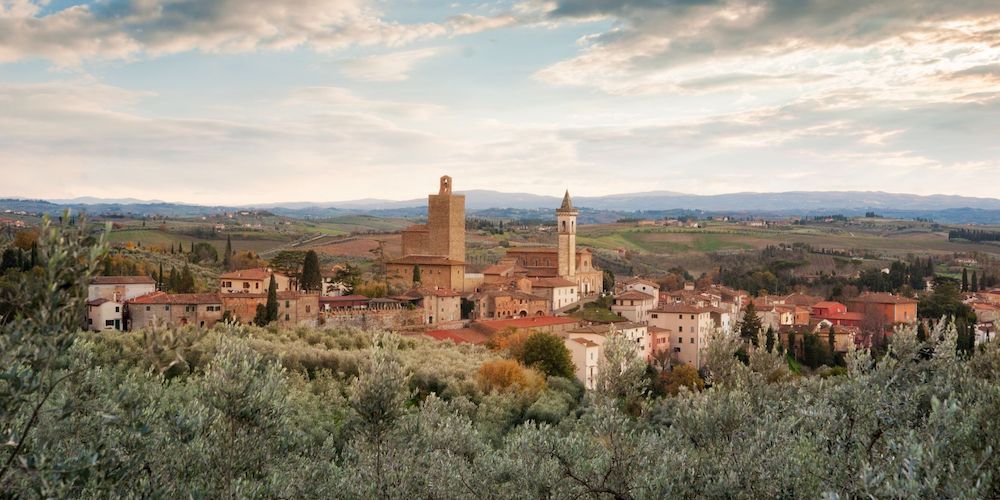
The “unconventional” journey through the most beautiful and lesser-known places in Tuscany concludes where it began: in the magnificent Florence. However, between Castelnuovo di Garfagnana and the capital, you must make a stop in Vinci, a charming village and the birthplace of the great Leonardo da Vinci.
Here, you can visit the Museo Leonardiano, located in the center of town, to admire copies of his drawings and reconstructions of the machines that made him famous.
Moreover, if you want to enrich your visit, also stop by the Birthplace of Leonardo (located just a few kilometers from the center of Vinci) for a deeper experience into the life and works of one of history’s most brilliant artists and scientists.
Despite the presence of such important artistic sites, the village remains peaceful and authentic, surrounded by the Tuscan countryside landscape, rich in olive groves and vineyards.
From Vinci, it's only 50 kilometers to Florence. Thus, the Tuscany on the road journey comes to an end, but the route you traveled, the incredible places you visited, and the magical atmospheres of Tuscany that you had the fortune to savor along the way will forever remain etched in your memory.
Visit the Leonardo da Vinci Interactive Museum in FlorenceAbout the author
Written on 25/07/2024



Alessandro Savino
A journey through hills, beaches, towns and mountains: live Tuscany on the road with a trip to the most authentic places of a unique and special land.